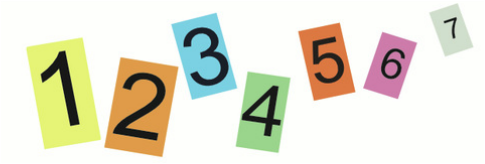
Baillie Gifford Theatre
Mark Haddon has written all sorts of stuff, it seems – plays, poetry, children’s fiction and, of course, some adult fiction including the celebrated The Curious Incident of the Dog in the Night-Time. (The latter, we’re told, has sold 10 million copies, which must make him a reasonably wealthy man.) Now he’s turned his hand to some very dark short stories into a volume called The Pier Falls.
Here in the Baillie Gifford Main Theatre at the Edinburgh Book Festival, Haddon was interviewed by publisher and editor Lennie Goodings. He came across well and is a good speaker with a wry sense of humour, and – prompted well by Goodings – he kept the audience fully entertained for the allotted hour. Goodings asked him about the persistent darkness of the stories, which feature death throughout, it seems. Haddon didn’t really argue, or give any reason why: they just came out that way, it seems. He read briefly from one, Wadwo, a modern retelling of the story of Gawain and the Green Knight, then talked about where these stories came from – it was interesting to hear that several began as abandoned plays. As a result he informed the audience that he has permanently put aside his playwrighting amnitions, but we’ll see if that really proves to be the case.
As a writer, publisher and editor myself, I found his section on writing technique by far the most interesting. He claims he doesn’t set daily targets – he’s wealthy enough not to have to – and he’s pretty obsessive about redrafts of his manuscripts. Even his wife doesn’t get to see anything that hasn’t been re-written twenty times or so; how I wish all authors shared his sense of pride in their work.
The hour closed with a few audience questions, none of which seemed to relate to the new book. One questioner harked back to The Curious Incident and seemed to be desperate to make a point about a celebrated court case involving an autistic Scot found guilty of a financial crime in the USA; Haddon patiently waited, then answered by saying that he didn’t really know enough about autism to make a comment, a response so impressively adept that it probably drew the biggest round of applause of the entire hour. The (for the most part) poor questions didn’t spoil the event, however, which was a thoroughly enjoyable and interesting hour spent in Charlotte Square.
Gordon Lawrie
Image: Mark Haddon." 2012. FamousAuthors.org 23 August, http://www.famousauthors.org/mark-haddon


 RSS Feed
RSS Feed
